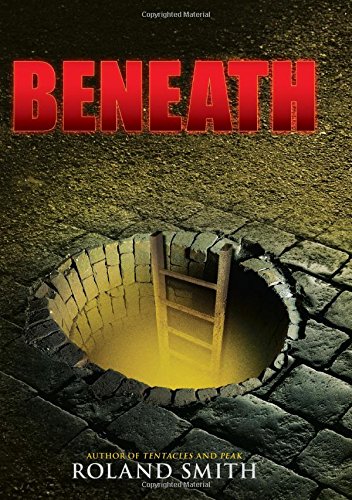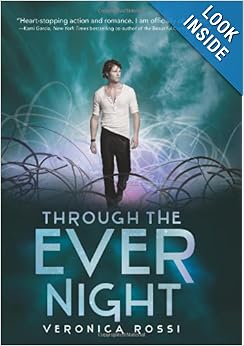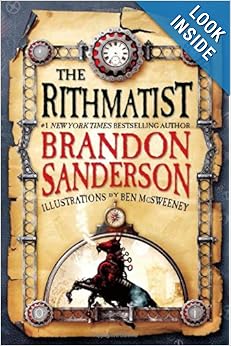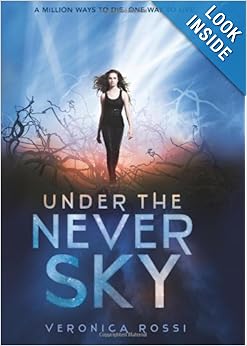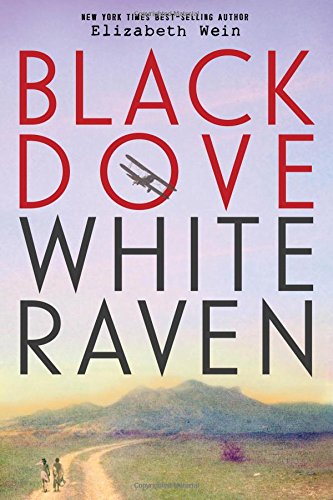 Emilia and Teo have always lived unorthodox lives in a free-spirited and unconventional family. Emilia’s Momma is a pilot and a barnstorming performer, as is Teo’s mom, Delia. The two pilots travel the country and perform together as the Black Dove and the White Raven, since Momma Rhoda Menotti is white while Delia is black. Papa Menotti is an Italian aviator, but Emilia and her mom haven’t seen him since Em was a baby. Theo’s father is Ethiopian, and he died in France when the two children were infants. So, Teo and Em have grown up together as brother and sister.
Emilia and Teo have always lived unorthodox lives in a free-spirited and unconventional family. Emilia’s Momma is a pilot and a barnstorming performer, as is Teo’s mom, Delia. The two pilots travel the country and perform together as the Black Dove and the White Raven, since Momma Rhoda Menotti is white while Delia is black. Papa Menotti is an Italian aviator, but Emilia and her mom haven’t seen him since Em was a baby. Theo’s father is Ethiopian, and he died in France when the two children were infants. So, Teo and Em have grown up together as brother and sister.
Delia’s dream is for all of them to move to Ethiopia where Teo can grow up without the prejudice and racism that is prevalent in the U.S. in the 1930’s. When tragedy strikes, derailing the dream, the little family is more determined than ever to fly away to Ethiopia, even though things in Africa aren’t all good. Slavery is still legal, although restricted, in Ethiopia, and the European powers of France, Britain, and Italy are squabbling over who will influence and exercise power in the kingdom ruled by Emperor Haile Selassie.
This historical novel, by the author of Code Name Verity and Rose Under Fire, was riveting. It’s mostly set in a place I know very little about, Ethiopia, and chronicles events that I knew nothing about. Mussolini’s troops used mustard gas in 1936 on Ethiopian soldiers armed with only spears and on civilians? Emperor Haile Selassie himself fought the Italians, shooting at their planes from the ground? Eight black American aviators tried to go to Ethiopia as military support for the Ethiopians during the Italian invasion, but the U.S. would not approve their passports? There’s lots of other history embedded in the story, but aside from that, it’s just a fine tale of adventure and friendship and war and flying and growing up.
Some of the religious and political ideas of the main characters are debatable, to say the least. But that display of odd and varying opinions and beliefs just made me want to meet the characters in the book and talk to them and really understand their beliefs and attitudes, especially in regard to Christianity, better. Momma Rhoda Menotti grew up in a Quaker family, and her attitude toward marriage and religion is liberal and far from orthodox. Teo finds meaning in the liturgy and practices of the Ethiopian Coptic Church as he watches it in Ethiopia, but he realizes that the Ethiopian church is not his church, since he is really an American despite his having an Ethiopian father. Em is not very religious at all, but she has the best lines in the book in regard to religion, telling Teo when he is having a superstitious moment of blaming himself and God for bad things that happen, “God works through us. Through people doing the right thing. Through you. Through Momma giving you her gas mask and covering you up.” She’s acquired sort of a Quaker/Inner Light attitude toward God and religion.
Anyway, it’s a good book with much fodder for discussion. It’s billed as a YA fiction, but I think it’s essentially an adult book, aside from the fact that the two narrators and protagonists are in their late teens. Certainly, adults, both young and old, can enjoy this between-the-wars story of friendship and resilience.
